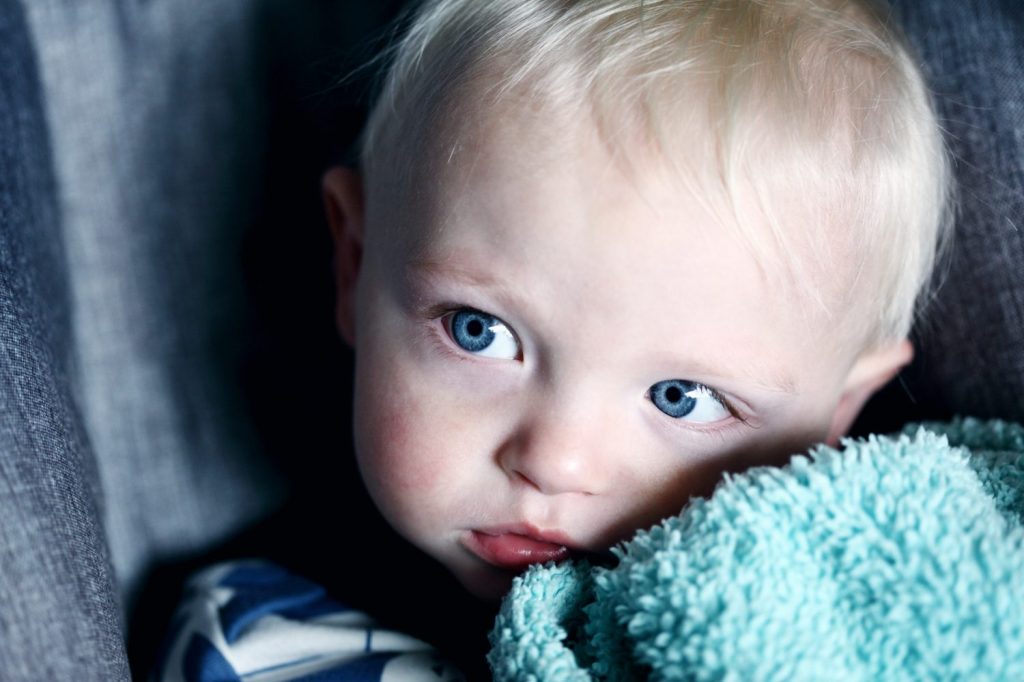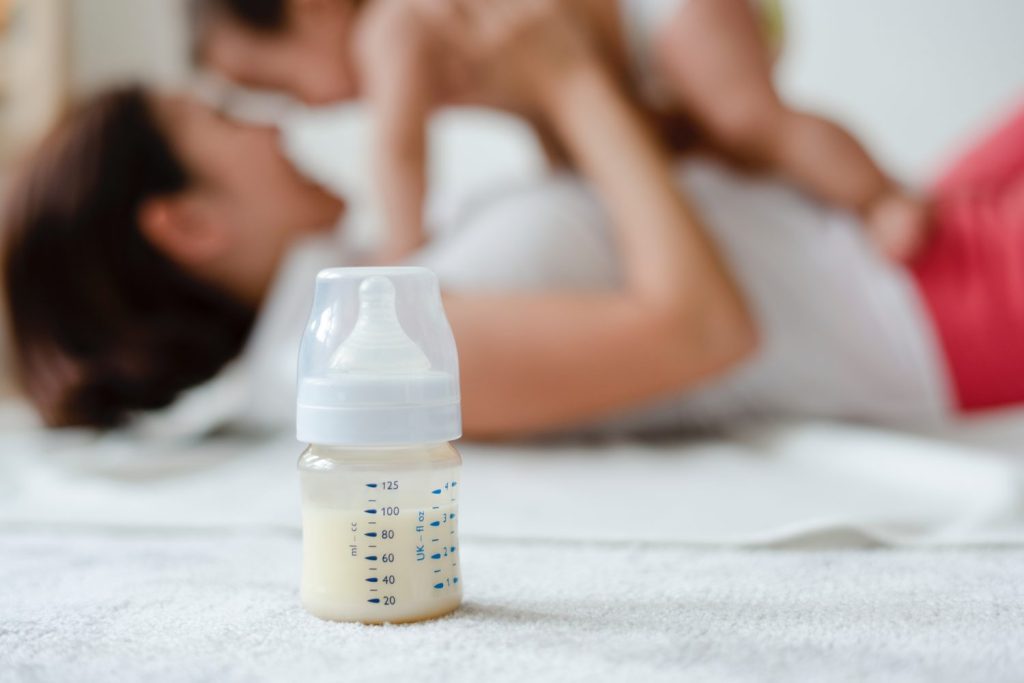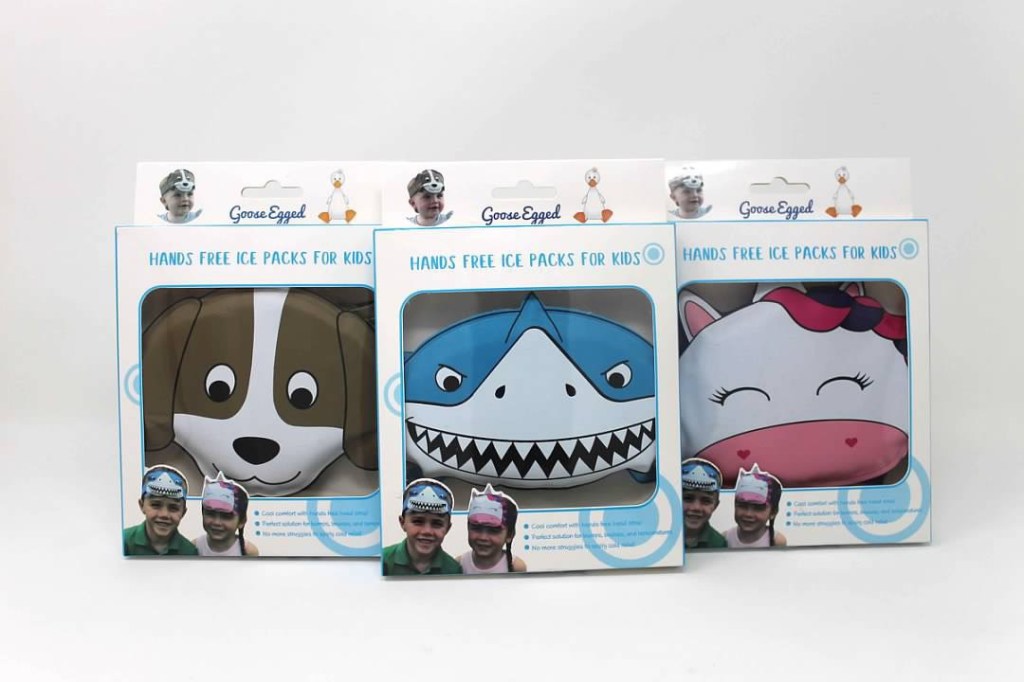Most parents wish they could bubble-wrap their newborns and keep them sealed and safe in blister packs until they’re 18. That’s not exactly practical (you already have to wrestle with diapers, why add an extra layer of plastic?), so we’ve outlined all you need to know to prevent common injuries—and what to do in the event of a real emergency. Read on for practical, quick tips to help you keep your little one safe and sound.

photo: Sharon McCutcheon via Unsplash
1. Keep a Well Stocked First Aid Kit
Being prepared for an emergency can avert a serious crisis. From dealing with minor injuries to a major medical episode, a first aid kit can help avoid a trip to the pediatrician in non-threatening situations or buy you time in the case of something more serious. Basic first aid kit essentials for babies include a nasal aspirator, antibiotic ointment, alcohol-free cleansing wipes, sterile bandages, a cold pack, antihistamine cream and scissors (to remove clothing or a diaper).

photo: iStock
2. Protect Your Baby from Choking
Being prepared for a choking incident is key. Preventing one in the first place is even better. Use a small-object tester, like this one from KidCo, to determine if items are large enough for your little one to handle without risking a choking hazard. When your baby starts eating solids, be aware that they are still learning to chew, so steer clear of foods that can be dangerous if swallowed whole, such as popcorn, whole grapes, hot dogs, nuts, and chunks of meat or cheese. Even if you took a CPR class while pregnant, you can brush up your CPR skills by taking a class at your local Red Cross. And print the Red Cross’s quick reference on pediatric first aid, CPR and AED and post it on your refrigerator.

3. How to Regulate a Fever
Hot, flushed skin and sweat can be telltale signs your infant has a fever. In most cases, a fever is not dangerous; it’s the body’s way of fighting infection. If your baby does not seem uncomfortable, you can let the fever run its course. If your child is crying, make him or her more comfortable by removing a layer of clothing or letting your child wear just their diaper. Breastfeeding or bottle-feeding will also help regulate their temperature. If these things don’t help, draw a lukewarm bath. Fifteen minutes in tepid waters can bring a fever down. If your child is over 6 months old, you can give pain medications like ibuprofen or acetaminophen to help reduce the fever. It’s always a good idea to check in with your pediatrician, especially if your baby is under 3 months and has a temperature over 100.4 degrees. Fevers that get too high can result in a febrile seizure, convulsions caused by a spike in body temperature.
4. How to Manage a Febrile Seizure
If your baby is extremely hot to the touch and is also displaying one of the following—arching the back, balling up fists, rolling back their eyes and/or making small jerky movements or twitching—they may be experiencing a febrile seizure. Watching your child seize is frightening, but fortunately, you can get the seizure to stop by lowering the body temperature. This should be done gradually, so avoid cold towels or ice packs that could shock the system. Instead, use common practices to regulate a fever like a tepid bath, removing garments or breastfeeding (see above for more info).

photo: GooseEgged
5. How to Manage a Head Bump
Before babies can walk, you can avoid minor injuries by making sure they’re in a safe and secure place. Never leave an infant on an open surface (like a bed or changing table) they can roll off! If your child does fall from a low surface, you probably won’t need to rush to the ER (but call your pediatrician if you’re concerned). In fact, most bumps are not serious and can be treated with a bag of frozen peas or a cold compress. We love the ice packs for kids from GooseEgged (above), and your kids will too. They’re super cute and attach with an adjustable velcro strap, so they stay put to help your child heal. If your baby is vomiting, lethargic, has labored breathing and/or has experienced unconsciousness, that indicates a serious head injury and you should call 911.

6. How to Remove a Hair Tourniquet
Little limbs are prone to getting hairs and fine fibers spooled and twisted around them. The most common culprit is hair, but fur, carpet threads, cotton fibers, and other threads can all cause restrictions. These tiny little tourniquets wrapped around appendages often do not make themselves known until a body part becomes swollen and red. The best way to remove a hair tourniquet is with a hair removal cream like Nair. But if the threads are cotton, polyester or rayon, you may need to use tweezers. If you can’t remove the thread, take your child to the ER. A tourniquet can cause edema and, if not removed in a timely fashion, can result in the loss of a limb.

photo: iStock
7. How to Treat Burns
Burns are common among young children. There is probably a common culprit lurking on your dining room table: the coffee cup. Hot liquids are the number one reason babies and small children are treated for a burn in the ER. Closely supervise your child when your liquid fuel is out. But should they get hurt, immediate action is key. Cool the skin with cold water. Do not use ice; extreme temperatures can damage the skin. Then top with plastic wrap, which keeps water locked into the wound and keeps air out, which reduces pain.
8. When to Call Poison Control
Babies explore the world through their senses. This often means tasting and mouthing on things. Unfortunately, our homes are filled with all sorts of potential dangers. Household plants, medications, cleaning products—even make-up—can be harmful to an infant. When in doubt, call the National Center for Poison Control (800-222-1222). Program this into your phone so you can reach them quick. The call is free, and medical experts are on hand to help walk you through your next steps. If your child is not breathing or is vomiting, call 911 first.
—Meghan Yudes Meyers
RELATED STORIES:
Long-Term Play Projects to Keep Them Busy All Winter
20 Epic Indoor Forts You’ll Want to Live In
9 Fun & Easy STEM Projects Using Everyday Items











